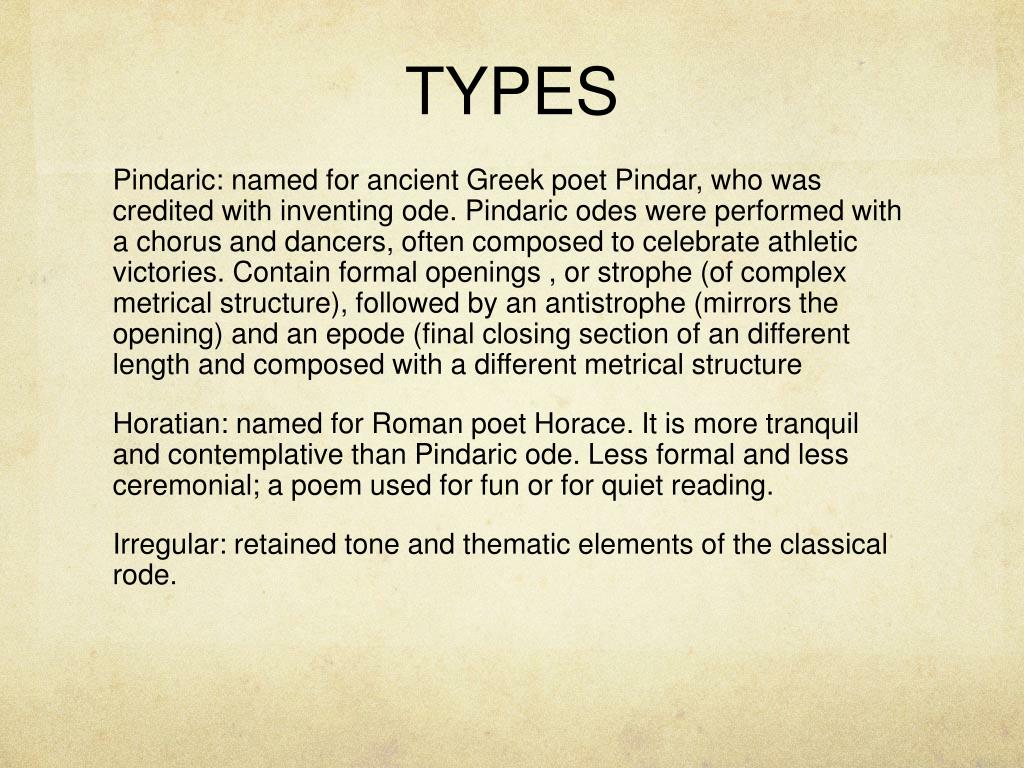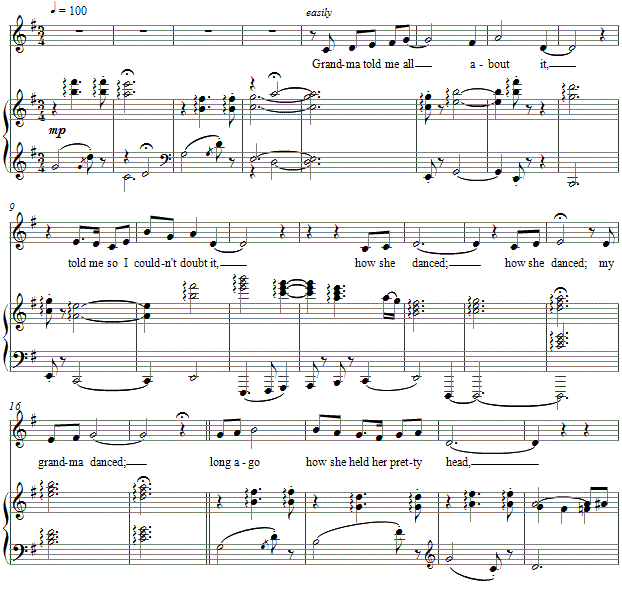
On a larger scale are refrain schemes, in which contrasting episodes appear between statements of the refrain. The da capo principle also appears in the instrumental minuet and scherzo with trio. The form dominates the aria in late Baroque opera (the da capo aria, in which the final statement of a is not written out, but the performers simply follow the written instruction da capo, meaning “from the beginning,” and repeat the first part). TernaryĪnother basic reverting type is ternary (three-part) form, a b a, also known as “song form” because of its frequent use in that genre, as well as in character pieces for piano. This formal principle, usually treated with a certain freedom, has been of basic importance in Western instrumental music since the mid-18th century. Sometimes the scheme is enlarged by adding a slow introduction before the exposition or a coda (concluding passage) at the end, or both. Ordinarily, in the exposition the principal musical themes are stated in the development they are subjected to a process of working out and variation and, finally, in the recapitulation they are restated. The rounded binary form took on great importance in the late 18th century, when it was expanded and elaborated into what is known as sonata form (also called sonata-allegro or first movement form), which may be represented thus: ‖: exposition :‖ ‖: development recapitulation :‖, whereby the kinship to the ‖: a :‖ ‖: b a:‖ structure of rounded binary form is clear. A variety of binary form particularly prominent in the dances of the 18th century is the rounded binary form, the two sections of which are a and b a (i.e., with a final return to original material in the second section), each of which is repeated, part one being heard twice before part two begins: ‖: a :‖ ‖: b a :‖ (‖: and :‖ indicate the enclosed material is to be repeated).

1750) there has been binary, or two-part form, such as a b. (In the representations of the reverting types in songs, lowercase letters refer to the same music set to different words, while capital letters indicate that both text and music are the same.) Since the Baroque period ( c. In the Middle Ages there existed the fixed forms used in songs, such as the French ballade (a a b), virelai (A b b a A), and rondeau (A B a A a b A B), the Italian ballata (A b b a A) and the German bar form (a a b), where the patterns of repetition and contrast correspond to poetic forms. Far more common, however, are reverting types. Iterative types, not common in Western music, may be found in the recitation tones of Gregorian chant, in which, for example, each line of a psalm is sung to the same melodic formula.

The following discussion deals first with Western and then with non-Western music. SpaceNext50 Britannica presents SpaceNext50, From the race to the Moon to space stewardship, we explore a wide range of subjects that feed our curiosity about space!įour basic types of musical forms are distinguished in ethnomusicology: iterative, the same phrase repeated over and over reverting, with the restatement of a phrase after a contrasting one strophic, a larger melodic entity repeated over and over to different strophes (stanzas) of a poetic text and progressive, in which new melodic material is continuously presented (thus synonymous with through-composed).Learn about the major environmental problems facing our planet and what can be done about them! Saving Earth Britannica Presents Earth’s To-Do List for the 21st Century.Britannica Beyond We’ve created a new place where questions are at the center of learning.100 Women Britannica celebrates the centennial of the Nineteenth Amendment, highlighting suffragists and history-making politicians.
#DEFINE MUSIC STROPHES HOW TO#




 0 kommentar(er)
0 kommentar(er)
